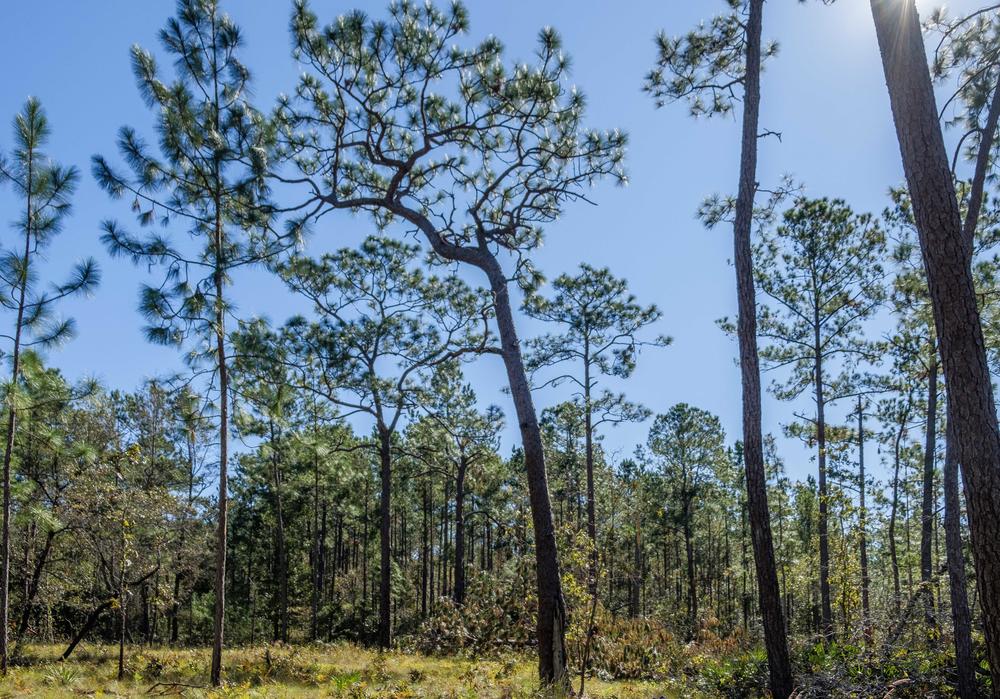
Caption
Left: A greenfly orchid clings to a rock crevice at Broxton Rocks. The plant is the only epipetric, or rock clinging, orchid in Georgia. Elsewhere in its range it clings to trees. Right: Steven Cabrera (left) and Erick Brown peer at the tall sandstone cliffs at Broxton Rocks. In a region almost devoid of rock at all, the cliffs are the secret to the biological diversity there.
Credit: Grant Blankenship/GPB News




